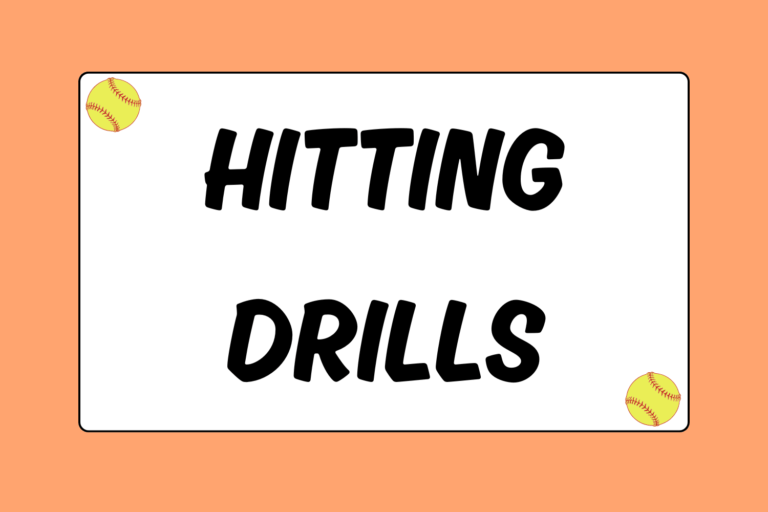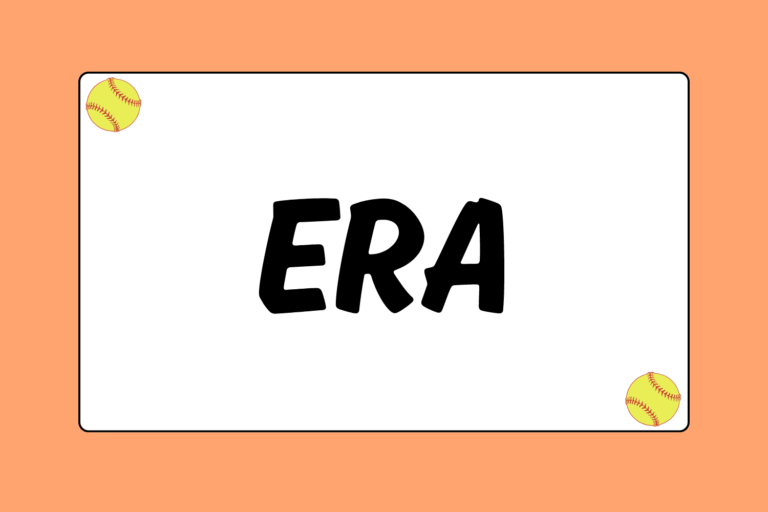Every warm-up routine starts with a jog and ends with a round of stretching. When you were younger, you may have used static (stationary) stretching, but that method has become out-dated. In its place are calisthenic stretches, also known as dynamic stretches (“dynamic” because you move as you stretch). This softball guide describes a variety of calisthenic stretches to incorporate into your warm-up routine.
Your Start & Finish
You can’t stretch cold muscles and expect an injury-free season. So whether you’re with a team or on your own, start every workout with a quick jog. Don’t be lazy and jog at the pace of a brisk walk, break a sweat and get your blood pumping! Then, finish your warm-up with short, incremental sprints that lead up to a couple final sprints at 100-percent effort.
Hot Tip: Use Lines
The best way to complete your dynamic stretches, if you are doing them with a team, is by splitting up into several lines with a 20-yard target. This way, it will be more organized, less crowded, and you’ll always have a goal in sight.
Legs
After finishing your warm-up running, your legs should be loose and ready to go. But it’s still important to stretch them first. Below are a few calisthenic stretches for your legs:
Lunge & Twist
Start by stepping one foot forward and stretching your back leg’s hamstrings. On your lunge, make sure your front knee never goes beyond your front ankle. When you step your back leg forward to meet your front, rise up on your toes and reach for the sky to stretch out your calf muscles.
In addition, on each lunge forward, stretch your torso from one side to the other until your shoulders are aligned with your legs. Over-emphasizing the reach will stretch your oblique muscles. After you hit your 20-yard marker, repeat the same stretch, but lunge backwards on the way back.
Deep Lunges
Taking your typical lunge to the next level, an elephant lunge stretches the hamstrings even further. Starting with your feet together, lunge forward as far as you can with your front foot (but keep your knee in line with your ankle, never beyond it). Then, shift your weight down into the inside of your front leg and use the same-side arm to push the stretch even further. Hold the stretch for at least five seconds before returning to the start position and switching legs.
One-Legged Reach Down
This stretch counters the lunge. Step one foot forward and simultaneously reach the same-side arm toward the ground. Lift your back leg, leading with your heel, until it is in a perfectly straight line with your back. Point your toes toward the ground and tighten your core to keep balance. Stand up slowly and repeat with your opposite leg and arm.
Quadriceps Pulls
An elementary stretch, the quadriceps pull is simple. Take a step forward with one leg. Bend the opposite (back) knee and bring the same-side hand behind you to reach for your outer ankle. Stretch by pulling at your hip, not just at the ankle. Your other arm can reach up for better balance. Release the ankle after about five seconds and repeat on the other side.
Leg Pull-ups / High Knees
Complementing the quadriceps pull, this stretches the other side of your leg. Simply step forward and bend your back knee. Bring your back knee to your chest and meet it with both of your arms (wrapped around your leg, right below the knee). Pull your entire leg up from the hip to get the deepest stretch. Release your leg and step forward with the leg you just stretched; then repeat with the opposite leg.
High Kicks
Also known as “Frankensteins,” this stretch may remind you of a toy soldier. Standing with both feet together, kick one foot as high as you can. Reach both arms straight out at shoulder-height as a target to kick towards. After you kick, step forward, and kick with your other leg.
Back & Hips
In softball, your hips are a main source of power. You also need a strong lower back to counter seven innings of standing hunched over in the ready position. The next few warm-ups are optimal ways to stretch your back and hips.
Iron Cross
If you’re feeling a little tight in the back, this stretch is perfect. Lie on the ground and spread your arms out to your sides at shoulder-height. Slowly swing one leg to the opposite-side shoulder, while keeping the other leg on the ground. That is, if you’re starting with your right leg, swing it up to your left shoulder (over your right leg). As you swing, allow your hips and lower back to naturally roll to the side, but keep your shoulders on the ground. Also, try to keep your toes pointed toward the ceiling.
Scorpion
The opposite of the iron cross, the scorpion also stretches your low back and hips. Lay on your stomach with your arms to the sides at shoulder-height. Then swing one leg over the other (your knee will naturally bend) to its opposite-side shoulder. If starting with your right leg, bend your right knee and swing your right leg up towards your left shoulder. Allow your lower back and hips to naturally roll as you swing your legs, but keep your chest on the ground. Also try to keep your chin on the ground, but your head up.
Arms
You will also need to focus on your arms before you hit the field and start throwing. These stretches can be done standing or while doing stationary leg stretches, such as lunges, at the end of your calesthenic routine.
Triceps & Shoulders
The most fundamental stretches — ones you will do throughout your softball career — are triceps and shoulder stretches:
- Pull one arm across your chest. Hold that elbow with your opposite hand for 15 seconds. Release and switch arms.
- Next, reach one arm up to the sky, then bend your elbow and reach your hand down your back (palm facing your back). Use your other arm to push down on your elbow for a deeper stretch.
- To get a great overall stretch, try this: Reach both arms behind your back and clasp your fingers. Then, bring both arms up towards the sky. Repeat the motion, but clasp your fingers above your head and reach for the sky, palms up. Lastly, clasp your hands in front of your chest and reach outward, palms facing forward. You can do this last stretch one arm at a time for a deep forearm stretch.
You can also do arm circles — both small and large, forward and backward — to really loosen up the shoulder sockets. Take them nice and easy, though; don’t throw your arms too wildly.
Get Moving
With proper stretching, you’ll decrease the likelihood of injury in softball. The game calls for agility and rapid movements — on the bases and on the field — and calesthenic stretches are perfect to ready your body for competition. When done with a team, they can heighten comradery. When done alone, they’ll give you just what you need to get moving.





